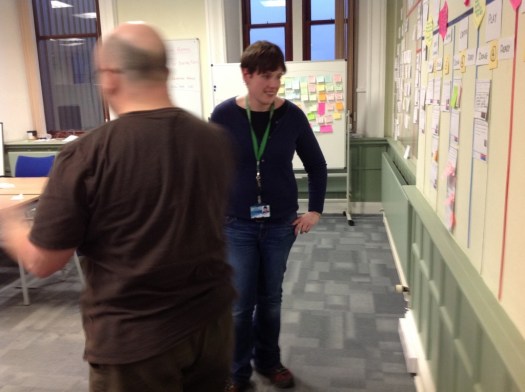I’ve been working on a project lately with a small team and a similarly select group of Scottish Enterprise account managers to create a slicker way of bringing businesses into their portfolio.
It’s a bit of a pathfinder project, to figure out how we might use Microsoft Power Platform technologies to deliver new services at scale and at speed.
So we settled on this one aspect of our High Growth account managers’ service to start with: getting new clients onto their portfolio.
The solution we’ve developed involves Power Pages (client-facing) and Power Apps (backend) developments, both reading from and writing to the same database, and all of this data is ultimately available in our CRM system.
All of which is fine. But, as a Service Designer, I instinctively want to be open and transparent about the data we gather. And the Digital Service Standard kinda demands that we are.
I struggled with this for a while. I wrestled in the swamps of the Dataverse against PowerBI, and the best I could come up with was this:

(Actual people’s actual names have been scrubbed out in this screenshot because they’re actual people. But all the data is real, and right now.)
Continue reading “Go with the flow”









